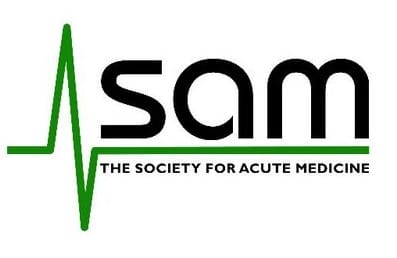The latest NHS performance data published today (Thursday, 13 April) shows, among other things:
• 71.5% of patients were seen within four hours in all emergency departments in March 2023 and 56.8% in type 1 emergency departments.
•There were 144,000 four-hour delays from decision to admit to admission, with 39,700 over 12 hours.
•The number of referral to treatment (RTT) patients waiting to start treatment at the end of February 2023 was 7.2 million patients.
•The total number of patients waiting six weeks or more from referral for one of the 15 key diagnostic tests at the end of February was 402,100 which is 25.1% of the total number of patients waiting against an operational standard of less than 1% of patients waiting six weeks or more.
Full breakdown available at: www.england.nhs.uk/statistics/statistical-work-areas/combined-performance-summary/

Commenting on the data, Dr Tim Cooksley, president of the Society for Acute Medicine, said: “We are heading for extremely troubled times ahead in urgent and emergency care (UEC) and this data is a warning of what is to come.
“UEC across the NHS remains under significant strain in all four home nations and this is increasingly causing harm to patients.
“The latest performance figures show 39,700 patients waited more than 12 hours in England’s EDs for an inpatient bed which compares to 22,500 in data from March 2022 and 1,184 in March 2020. This is of grave concern.
“Overcrowding in emergency departments (EDs) and acute medical units (AMUs) means many patients are still not receiving timely and high-quality patient care.
“It reflects the day-to-day experience of teams delivering acute medical care in EDs, often in corridors and other unsuitable environments, rather than in appropriate wards.
“Caring for patients in such inappropriate environments not only provides a poor and undignified patient experience, it poses significant risks including increased risk of severe, and sometimes fatal, harm.
“Older patients in particular bear the brunt of these waits.
“This trend shows that not only do we have not enough workforce and capacity to deal with current demands but that we are well behind sufficient progress for the winter months that will be upon us before any notable action is taken. Urgent and emergency care is in a period of eternal winter.
“High absence levels, burn out and low morale continue to dominate the picture for NHS staff.
“We must not wait until the middle of winter in the midst of a chaotic and dangerous situation until recognising just how precarious the position we are in is.
“Strike action will have potentially, and may continue to, impact UEC performance, however, like Covid-19, it is not the fundamental cause of the current issues.
“The much-discussed workforce plan needs to be published urgently and be comprehensive in its ambitions so that it provides colleagues with light at the end of tunnel. We cannot underestimate how essential it is to see immediate action.”
